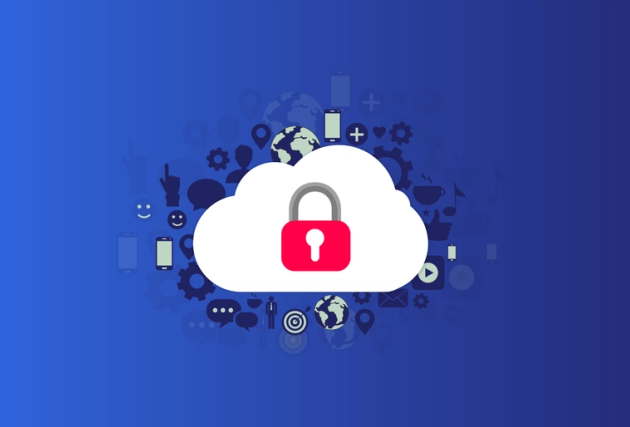Sustainability and Google Cloud: 5 Key Areas to Help Improve Your Sustainability Posture
Modern life is complex and has a big footprint—one that continues to grow and desperately needs to be curbed.
As consumers look to be more sustainable, the pressure on enterprises to do more in the space of sustainability continues to build.
A key enabler for sustainability is the cloud. Google Cloud enables enterprises to improve their IT Infrastructure carbon footprint by providing modern, sustainable, infrastructure powered by renewable energy with a much lower carbon footprint than traditional, on-premise infrastructure.
Why the Cloud Is Key to Improving Sustainability
Sustainability in the cloud refers to taking advantage of the correct architecture patterns and implementations that allow your workloads to reduce their energy outputs and improve their carbon footprint. The cloud also allows us to go further than this; the innovation that it drives and the possibilities it introduces enable companies to meet consumer demands, quicker than ever before.
Let’s take a look at five areas in which the cloud can help your business improve its sustainability posture.
1. Cleaner Infrastructure
Google data centres run on half the energy of a typical data centre and run on 100% renewable energy. To get to the equivalent level of sustainability in a traditional data centre would require investments that most enterprises would not see as viable.
2. Economies of Scale
Cloud providers operate at colossal scale. Worldwide end-user spending on public cloud services is forecast to grow 20.4% in 2022 to total $494.7 billion, up from $410.9 billion in 2021, according to the latest forecast from Gartner. In 2023, enduser spending is expected to reach nearly $600 billion.
Cloud providers have got decades of experience in running and optimising their own data centres for billions of users across the globe, and we are able to take advantage of that. Operating at this huge scale means they continue to invest significant amounts to ensure their data centres are efficient and sustainable.
3. Enabling Innovation
The cloud enables rapid innovation. It enables us to go from idea to reality extremely quickly, at any scale. This allows companies to build products centred around sustainability. For example, banks are now beginning to publish carbon footprints in your personal statements. No longer do enterprises have to gain significant investment to order infrastructure that takes months to come and requires specialist expertise to set it up, just to prove that an innovative idea is worthwhile.
4. Data & Machine Learning
In an effort to become more environmentally sustainable, businesses are turning their attention to tech and data-driven solutions. By investing in technologies such as cloud computing and machine learning (ML) they look for innovative ways to minimise their impact.
5. Cloud Native Architectures
Architecting our applications in a cloud native manner means taking full advantage of what the cloud has to offer. One of the keys to sustainability here is taking advantage of the elastic nature of the cloud. Ensuring we design our applications to use only as much energy as required. This is where we can take full advantage of the serverless ecosystem, such as the company Cloud Functions and Cloud Run.
If you want to learn more about sustainability and Google Cloud! Check out our eBook: Sustainability in the Cloud: How to Leverage Google Cloud to Grow Into a Greener Business!








